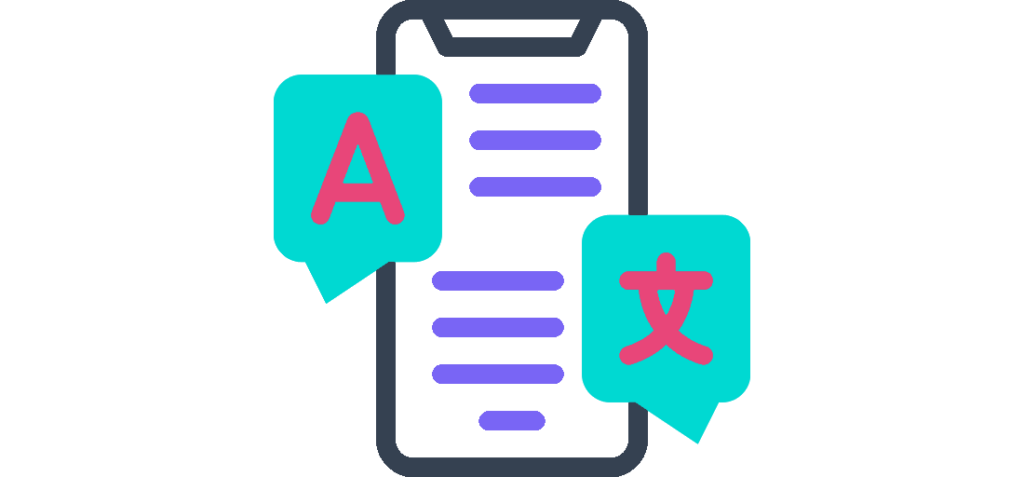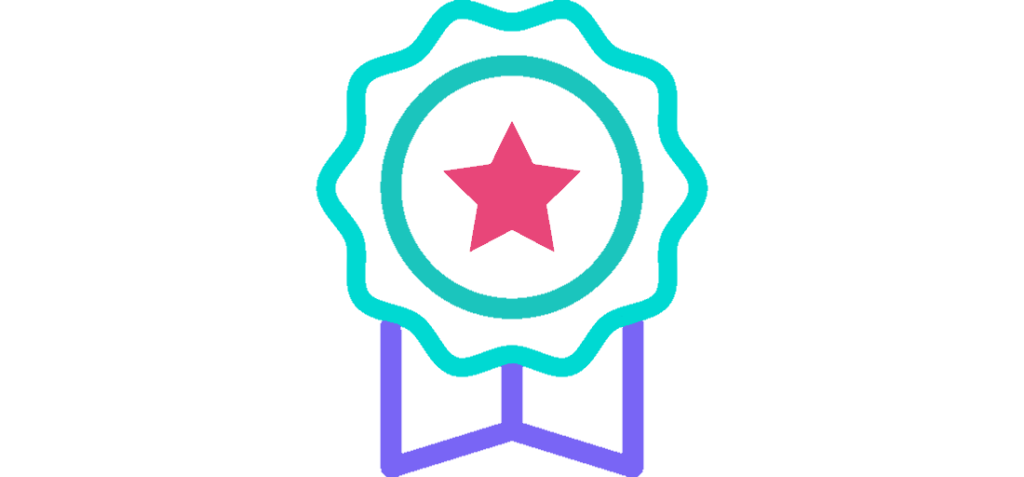Develop a successful business strategy around gamification
Resources
Implementing gamification into business strategies has become a key element for many companies in their efforts to engage audiences internally and externally. In order to encourage long-term user commitment, both from their employees and their customers, companies are developing their marketing strategies with incorporated gamification projects.
In this article, we’ll look at how gamification can fit into a company’s marketing strategy, how it can help achieve quantifiable goals, and how some well-known companies have successfully put gamified content strategies into practice to increase user engagement.
What exactly is gamification?
Gamification consists of introducing key features of games and video games (points, rewards, progress bar, etc.) to less playful areas of activity. Less playful, or less fun areas of activity are typically where there are more commonly issues with user engagement. For example, when trying to deliver quite technical, or potentially less exciting content, that can be challenging to get users to connect with, designing a game around it can make it more fun and yield better results than traditional methods. Other times, rather than making something boring more palatable, gamification can be used to make content more interactive, and have it stand out as more attractive and innovative than the content of competitors.
In what areas is gamification used?
It is generally used by companies both internally and externally. Externally, it’s utilised as a marketing strategy and technique to encourage engagement with a product or service and build customer loyalty. Internally, it’s a tool for recruitment, encouraging engagement in training, and team building.
These game mechanisms, playful as they may be, do not take away from the seriousness of a business strategy and its objectives. This is why we often talk about “serious games” when we talk about gamification experiences and gamified content for businesses, for example: in the context of employee training, team building, or other applications in the workplace.
Gamification according to Gabe Zichermann
Gabe Zichermann is a speaker and the president of Gamification.co. He is one of the strongest advocates for gamification applied across business and education. For Zichermann, the higher levels of concentration present in users playing games can be leveraged to achieve better results and engagement rates in any field of application, and for any user.
According to Zichermann, all areas could benefit from this process, as it increases the motivation and commitment of users across all tasks, be they customers, employees, applicants, or even the public, by stimulating the feeling of being rewarded for their involvement and interaction with gamified content.
Within a company’s inner workings, a well considered and developed approach to gamification and serious games contributes to the personal development of employees by empowering them to flourish at work. Rewarded, engaged employees will naturally be more productive and feel more comfortable in their work environment.
The gamification strategy in more detail
The areas of application for gamification are vast, even infinite. This means that no matter the company and the application, it will be possible to implement an effective business and marketing strategy, thanks to the many features and mechanisms of gamification which can be utilised.
A number of large, well known companies are already standing tall as examples of gamification:
The Duolingo application

Keeping in mind the notion of serious games, the perfect example to illustrate this idea is the language learning application Duolingo. It offers a fun user experience with many of the components of video games: the cartoon-like animation, different levels to unlock, a progression with experience points, daily and weekly challenges, and even rewards for users to win.
The reason Duolingo brings together so many game mechanics in its application is that they have proven to engage and motivate individuals. This is evidenced by the company’s huge success and mobile app downloads, exceeding 300 million users worldwide.
The KPMG case

Gamifying the recruitment process in the area of auditing and consulting, KPMG launched an online game where applicants play a game to try and win a two-week internship and £1,000 worth of travel vouchers. Users had to race a virtual balloon around the world in 80 days, with 10 different challenges within the game to complete.
KPMG reported that 4,548 games were played at an average length of 20 minutes. They also said that the gamification project produced better application rates than a more traditional bus tour around universities that they had conducted previously.
Nike and the Nike Run Club

Nike’s (long running) running app has been enriched year after year with the introduction of game elements and rewards to motivate runners to use the app on every run.
The ability to earn points, try and achieve daily and weekly challenge badges, and invite friends and be part of a community, greatly enriches the user experience. The user experience is crowned by rewards that give access to real life discounts – one more technique to build customer loyalty and acquire prospects. Considering it essentially stands against rival gamified running apps like Strava and Map My Run, users aren’t necessarily Nike customers, just runners and recreational athletes – so such a side project is a great way for a large company to generate additional revenue and grow their audience.
Google Rewards

Google no longer needs to be introduced as it is an integral part of many companies’ marketing strategies. Google represents both the one that allows access to the site of companies and the one that provides the means for them to develop their online visibility through its marketing tools.
Google has taken the step of adding gamification with reward-based motivation for its data collection goals. With the Google Opinion Reward application, each time a survey is completed, a prize pool is filled to motivate users to give their opinion and take surveys.
Optimal user experience makes for successful gamification
Your overall business strategy can be massively improved by incorporating gamified processes and gamified content across different functions. Ultimately, the user experience can be improved with an effective gamification strategy tailored to your objectives, whether those users are external or internal, employees or target customers.
A gamified approach improves engagement rates, whether you’re training staff, or trying to convert customers and educate them around your brand, products and services. A successful gamification strategy, and the design of the games, must be intuitive, memorable, and of real interest to users and customers.
With an optimal user experience built into the design of all your gamified processes and marketing content, a gamification strategy can be used to massively help your overall business strategy.
Want to know more?





